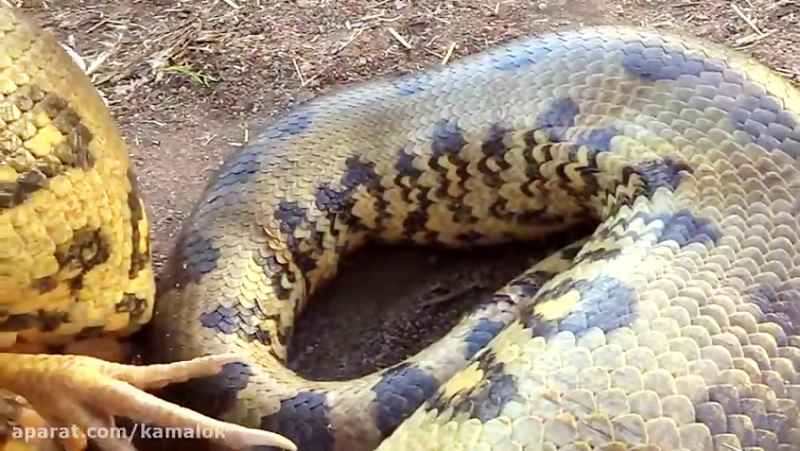

Tiny fish called fang blennies, which use their fangs to administer a painless venom that drops their victims' blood pressure.A small group of burrowing mammals in the Caribbean called solenodons that look like pudgy shrews.

Of the few other animals that have developed venomous fangs, some interesting examples include:

But snakes have found them very useful, different species of snake have independently evolved venom fangs from plicidentine over and over again. "Venom fangs have not evolved very often outside of snakes," Palci said. Snakes are pretty unique in their evolution of these specialized fangs. The presence of venom was likely an important prerequisite for the evolution of venom fangs." Maximum confirmed length is 5.6 metres (18 feet), but most do not exceed 3.6 metres (12 feet). Found predominantly in forests from India through Southeast Asia to the Philippines and Indonesia, it preys chiefly on other snakes. "Therefore, venom fangs evolved after venom was already present. The world’s largest venomous snake is the king cobra, or hamadryad ( Ophiophagus hannah ). So which came first? "Venom, in some mild form, is thought to have appeared very early in the common ancestor of snakes and some lizards (a group called Toxicofera)," Palci said. "These grooves were selected over millions of years of evolution to produce large and highly efficient syringe-like fangs." vipers and cobras) the groove has deepened to the point that its margins meet, sealing the groove and forming a hollow, tube-like structure that resembles the needle of a syringe," Palci said. Why don't poisonous animals die from their own toxins? What should you do if you're bitten by a venomous snake? "The simplest venom fangs only have a shallow groove on their surface," Palci told Live Science in an email, but these grooves are still much more efficient at injecting venom than solid teeth. This groove shepherds the toxic liquid from nearby venom glands into the prey while the snake bites down. "When one of these wrinkles grows larger than the others it forms a groove along the tooth." "What is special about fanged snakes is that their teeth present much larger and deeper 'wrinkles,'" Palci said. Venomous snakes co-opted these pre-existing grooves to deliver venom into their prey, the researchers found. In every species the scientists studied - those that were and were not venomous, and those with and without fangs - they found these grooves, which indicates they likely developed in a non-venomous ancestral snake species. Fangs developed from these wrinkles in the teeth, according to Palci's team, who studied 3D microCT images of the fangs of 19 snake species and three lizard species, as well as thinly made slides from a few of the specimens.


 0 kommentar(er)
0 kommentar(er)
